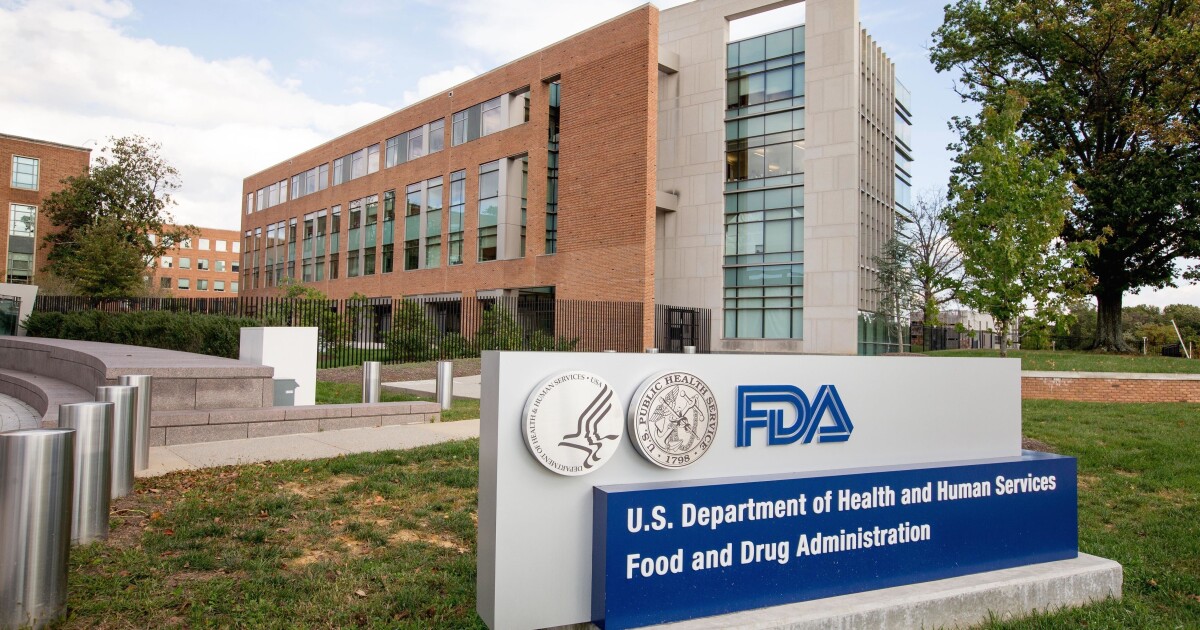

A panel of independent experts that advises the Food and Drug Administration on vaccines has backed a proposal to use the same COVID-19 vaccine formula for both the two-dose primary vaccination series and boosters in an effort to simplify the country’s vaccine administration.
The Vaccines and Related Biological Products Advisory Committee unanimously voted to recommend administering the bivalent COVID-19 vaccines as part of the two-dose primary vaccination series, which is administered several weeks apart, effectively doing away with the use of monovalent vaccines that only target the original strain of the COVID-19 from 2020.
‘TRIPLEDEMIC’ WANES AS RSV, FLU, AND COVID-19 CASES TREND DOWN NATIONALLY
“There’s so much confusion about these different formulations that I think anything we can do to ease up on that confusion and simplify things is going to be a good thing,” said committee member Dr. Archana Chatterjee. “Having the vaccines is not sufficient. We need to have them be used, and so I voted yes because I think this is a step in the right direction in getting us there.”
Harmonizing the vaccination composition would eliminate using multiple vaccine formulas and instead make use of the most updated vaccine formula, which is currently Pfizer’s and Moderna’s bivalent COVID-19 vaccine that targets both the original strain of the virus and omicron subvariants BA.4 and BA.5. Pfizer’s and Moderna’s bivalent vaccine is currently authorized for people as young as 6 months old.
The European Union’s drug regulator has already approved bivalent vaccines to be used for primary COVID-19 vaccinations.
FDA officials cited recent data that suggest the bivalent vaccine offers additional protection against symptomatic infection, emergency department or urgent care visits, and hospitalizations compared to the monovalent vaccine. Several committee members expressed some concerns about a lack of sufficient data among younger children for bivalent vaccines.
“I do have some anxiety about the amount of data in under 2-year-olds with a primary series with the bivalent booster,” said committee member Dr. Mark Sawyer, though he said he supported the recommendation.
Representatives from the FDA and the Centers for Disease Control and Prevention addressed the detection of a “safety signal” that showed a possible link between stroke in adults 65 and older and Pfizer’s bivalent vaccine, noting that subsequent analyses have not found an increased risk and that there was no need for a change in vaccination recommendations.
“We are in the process of assessing that signal and think the evidence are not sufficient to conclude that there is a safety problem with respect to stroke. And the CDC recommendations are that everyone who’s eligible get a bivalent booster,” said Dr. Tom Shimabukuro with the CDC.
The advisory panel also discussed plans to shift the country’s COVID-19 vaccination strategy to one similar to that for flu shots. The FDA is proposing that healthy adults get an annual dose of the most updated COVID-19 shot, while certain younger children, immunocompromised people, and older adults would be recommended to get two COVID-19 shots a year.
“The issue of how frequently they should be administered is hard to say with precision at this particular point,” said committee member Dr. Cody Meissner. “It’s just awfully early it seems to me in this process.”
The United States would likely be setting a precedent if it moves forward with a flu-like immunization strategy for COVID-19 boosters.
Dr. Joachim Hombach, executive secretary of the World Health Organization’s Strategic Advisory Group of Experts on Immunization, told reporters earlier this week that there is no definitive answer on how often COVID-19 boosters will be needed at this point.
“It’s very important that we start to lay out what could potentially be a way forward, but I don’t think we have, for the time being, definitive answers,” said Hombach. “We have to see where the evidence is carrying us.”
The discussion comes as uptake for the bivalent booster has remained low since it was first made available for people 18 and older last August. Roughly 15% of people have received an updated shot, according to the CDC.
CLICK HERE TO READ MORE FROM THE WASHINGTON EXAMINER
The FDA has indicated it hopes simplifying the vaccination composition and administration would help boost vaccination numbers.
“FDA expects that simplification of COVID-19 vaccine composition and annual immunization schedules may contribute to more facile vaccine deployment, fewer vaccine administration errors, and less complex communication, all potentially leading to improved vaccine coverage rates and, ultimately, to enhanced public health,” the FDA wrote in a briefing document ahead of Thursday’s meeting.




